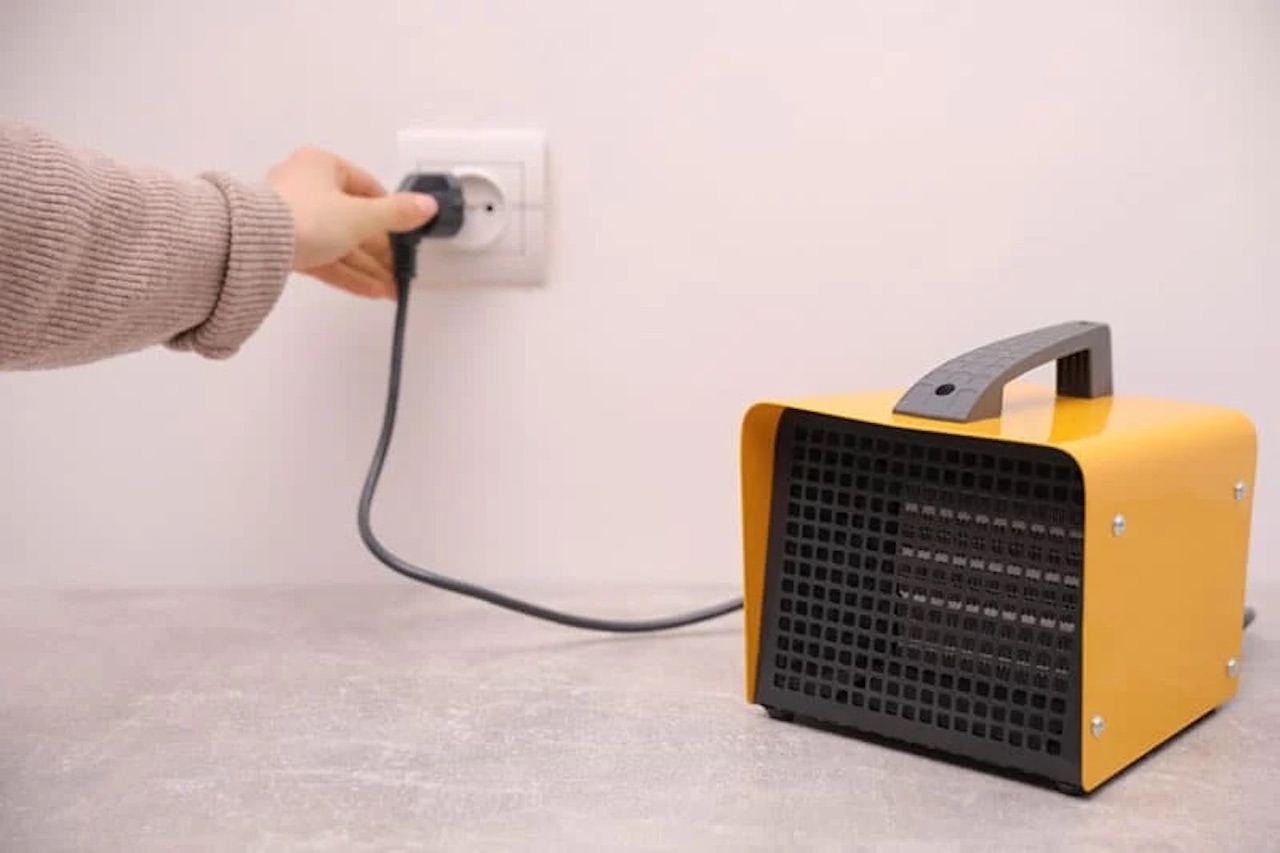

Articles
Why Does My Space Heater Cord Get Hot
Modified: January 19, 2024
Discover the reasons behind why your space heater cord gets hot and learn how to prevent potential dangers. Check out our informative articles on this topic.
(Many of the links in this article redirect to a specific reviewed product. Your purchase of these products through affiliate links helps to generate commission for Storables.com, at no extra cost. Learn more)
Introduction
Space heaters are a convenient and effective way to provide warmth in specific areas of your home or office. These portable heating devices offer a practical solution for chilly rooms or supplemental heating needs. However, it’s important to remember that space heaters can generate significant heat and should be used with caution to prevent any potential safety hazards or damage.
One common concern that many individuals have with their space heaters is when the power cord becomes hot to the touch. This can be alarming and raise questions about the safety and functionality of the heater. To address these concerns, it’s crucial to understand the factors that can cause a hot cord and the steps you can take to resolve the issue.
Subtitle: Understanding Space Heaters
In order to comprehend why a space heater cord may become hot, it’s essential to have a basic understanding of how these devices operate. Space heaters typically consist of heating elements, a fan, and a control panel. When the heater is turned on, the heating elements warm up and the fan helps distribute the heated air throughout the area.
Modern space heaters often come with a variety of features such as adjustable thermostat settings, timers, and safety shut-off mechanisms. These additional features aim to enhance the user experience and ensure the safe operation of the heater.
Subtitle: The Importance of a Power Cord
The power cord plays a crucial role in supplying electricity to the space heater. It serves as the link between the heater and the power source, allowing the device to function properly. A well-functioning power cord is necessary to maintain the safe and efficient operation of the space heater.
It is important to note that different space heaters may have varying power cord lengths and gauges. The length and gauge of the cord determine the amount of current it can carry and the distance it can span from the power outlet to the heater. A thicker gauge cord is capable of carrying more current and is generally considered safer and more efficient.
Key Takeaways:
- Ensure proper power source usage to prevent a hot space heater cord. Check wattage, avoid overloading circuits, and use dedicated outlets for safe and efficient operation.
- Regularly inspect and maintain adequate ventilation around your space heater to prevent the power cord from becoming hot. Clear vents, maintain clearance, and utilize natural airflow for safety and comfort.
Understanding Space Heaters
In order to comprehend why a space heater cord may become hot, it’s essential to have a basic understanding of how these devices operate. Space heaters typically consist of heating elements, a fan, and a control panel. When the heater is turned on, the heating elements warm up and the fan helps distribute the heated air throughout the area.
Modern space heaters often come with a variety of features such as adjustable thermostat settings, timers, and safety shut-off mechanisms. These additional features aim to enhance the user experience and ensure the safe operation of the heater.
Space heaters are available in different types, including radiant heaters, convection heaters, and ceramic heaters. Radiant heaters use infrared energy to heat objects directly, making them ideal for localized heating. Convection heaters, on the other hand, warm the air in the room by circulating it through the heating elements. Ceramic heaters combine both radiant and convection heating methods, providing a balance between fast heating and energy efficiency.
Understanding the type of space heater you are using is important because different models have varying power requirements and heat distribution capabilities. This knowledge can help you make informed decisions regarding the placement and usage of your space heater.
It’s also important to note that space heaters should never be used as a replacement for a central heating system. They are designed to provide supplemental heating and should be used in conjunction with proper insulation and an efficient primary heating source.
In addition, it’s crucial to follow the manufacturer’s instructions and safety guidelines when operating a space heater. This includes adhering to the recommended clearance distances from combustible materials and never leaving the heater unattended or operating it while you’re asleep.
By understanding how space heaters function and their limitations, you can ensure their safe and efficient use in your home or office. This knowledge will also help you identify any potential issues, such as a hot power cord, and take the necessary steps to address them effectively.
The Importance of a Power Cord
The power cord plays a crucial role in supplying electricity to the space heater. It serves as the link between the heater and the power source, allowing the device to function properly. A well-functioning power cord is necessary to maintain the safe and efficient operation of the space heater.
It is important to note that different space heaters may have varying power cord lengths and gauges. The length and gauge of the cord determine the amount of current it can carry and the distance it can span from the power outlet to the heater. A thicker gauge cord is capable of carrying more current and is generally considered safer and more efficient.
When selecting a space heater, it’s essential to match the power cord’s capabilities with the device’s power requirements. Using an inadequate or incompatible power cord can lead to issues such as overheating or insufficient power supply, which can result in safety hazards or reduced performance.
Furthermore, the quality and condition of the power cord are crucial factors to consider. A poor-quality or damaged cord can increase the risk of electrical malfunctions or even electrical fires. Inspecting the power cord regularly for any signs of fraying, cracking, or exposed wires is essential for ensuring the safety of the space heater.
Another essential consideration is the proper handling and storage of the power cord. Avoiding excessive bending or twisting of the cord can prevent damage and maintain its integrity. When not in use, it’s advisable to store the cord in a neat and organized manner to prevent tangling or accidental damage.
Additionally, it’s crucial to plug the space heater directly into a wall outlet rather than using extension cords or power strips. Extension cords and power strips may not be designed to handle the power requirements of the heater, leading to overheating and potential safety hazards.
Overall, the power cord of a space heater is a vital component that should never be overlooked. It serves as the lifeline of the device, delivering the power necessary for its operation. By ensuring the proper selection, maintenance, and handling of the power cord, you can guarantee the safe and efficient use of your space heater.
Causes of a Hot Space Heater Cord
When a space heater cord becomes hot, it can be indicative of an underlying issue that requires attention. Several factors can contribute to a hot cord, and understanding these causes can help you identify and troubleshoot the problem effectively.
Overloading of Power Source: One common cause of a hot space heater cord is the overloading of the power source. Space heaters typically require a significant amount of electricity to operate, especially if they have high wattage or multiple heating elements. If the power source or circuit is unable to handle the heater’s power needs, it can result in an overload, leading to increased heat in the cord.
Poor Quality or Damaged Cord: A power cord that is of poor quality or has been damaged can also become hot during operation. Over time, wear and tear, such as fraying or exposed wires, can create resistance in the cord, causing it to heat up. Additionally, using a power cord that is not suited for the space heater’s power requirements or one that is too long can also contribute to increased heat in the cord.
Insufficient Ventilation: Space heaters require proper ventilation to dissipate heat and prevent overheating. If the heater is placed in an area with limited airflow or in a confined space, it can lead to the accumulation of heat around the power cord. This lack of ventilation can cause the cord to become hot to the touch.
Incorrect Placement of the Cord: The way the cord is positioned or laid out can also impact its heat generation. If the cord is tightly coiled, twisted, or bent at sharp angles, it can increase resistance and cause heat buildup. This is especially true if the cord is not able to dissipate heat effectively due to improper placement or contact with other objects.
It’s important to address a hot space heater cord promptly to prevent any potential safety hazards. Ignoring the issue can lead to further damage, electrical malfunctions, or even electrical fires. By identifying the cause of the hot cord, you can take appropriate actions to mitigate the problem and ensure the safe operation of your space heater.
Overloading of Power Source
One of the common causes of a hot space heater cord is the overloading of the power source. Space heaters typically require a significant amount of electricity to operate, especially if they have high wattage or multiple heating elements. If the power source or circuit is unable to handle the heater’s power needs, it can result in an overload, leading to increased heat in the cord.
When a space heater is plugged into an outlet, it draws a certain amount of electrical current to generate heat. This current is measured in watts and is indicated by the heater’s wattage rating. For example, a heater with a 1500-watt rating will draw 1500 watts of electricity from the power source.
If the circuit that the space heater is connected to is already carrying a significant electrical load, such as powering other appliances or devices, adding a space heater to the mix can exceed the circuit’s capacity. This overload can result in excessive current flowing through the power cord, causing it to heat up.
Overloading a power source can have serious consequences. It not only puts stress on the electrical system but can also lead to overheating, electrical malfunctions, or even electrical fires. Therefore, it’s crucial to pay attention to the power requirements and limitations of both the space heater and the circuit it is connected to.
To prevent overloading the power source, follow these guidelines:
- Check the wattage rating of your space heater and compare it to the capacity of the circuit. Make sure the circuit can handle the wattage of the heater without exceeding its limits.
- Avoid plugging the space heater into an outlet that shares the same circuit with other high-power devices, such as refrigerators, air conditioners, or washing machines.
- If possible, use dedicated circuits for space heaters to reduce the likelihood of overloading.
- Consider redistributing the electrical load in your home or office by unplugging unnecessary devices or appliances when using a space heater.
- If you frequently experience overloading issues, consider consulting an electrician to evaluate your electrical system and recommend appropriate solutions.
By understanding the power requirements of your space heater and ensuring that the power source can handle it, you can minimize the risk of overloading and prevent your space heater cord from becoming hot. Prioritizing electrical safety is essential to enjoy the benefits of a space heater without compromising your well-being or the integrity of your electrical system.
Read more: Why Does An Extension Cord Get Hot
Poor Quality or Damaged Cord
A power cord that is of poor quality or has been damaged can also become hot during the operation of a space heater. Over time, wear and tear, such as fraying or exposed wires, can create resistance in the cord, causing it to heat up. Additionally, using a power cord that is not suited for the space heater’s power requirements or one that is too long can also contribute to increased heat in the cord.
When it comes to power cords, quality is essential. A low-quality cord may not be able to handle the electrical current flowing through it, resulting in increased resistance and heat generation. It’s important to invest in a power cord made with durable materials that can withstand the demands of the space heater.
Furthermore, a damaged power cord is a significant safety concern. Frayed or exposed wires can lead to short circuits or electrical shocks. These damaged areas create points of high resistance, causing the cord to heat up as the electrical current passes through them. Ignoring a damaged cord can lead to more severe issues, such as electrical fires.
Selecting the correct power cord for your space heater is also crucial. Different space heaters have varying power requirements, and using a cord that cannot handle the heater’s wattage can contribute to heat buildup. Additionally, using a power cord that is too long for the distance between the heater and the power source can lead to increased resistance and heat generation along the length of the cord.
To prevent a poor quality or damaged cord from becoming hot, follow these guidelines:
- Inspect the power cord regularly for any signs of wear and tear, such as fraying, cracking, or exposed wires. If any damage is present, stop using the cord immediately and replace it with a new, high-quality cord.
- Ensure that the power cord you are using is appropriate for the wattage requirements of your space heater. Check the manufacturer’s recommendations or consult the product manual to determine the suitable cord gauge and length.
- Avoid using extension cords or power strips as a substitute for a proper power cord. These may not be able to handle the demands of the space heater and can result in heat buildup or electrical hazards. If the cord is not long enough to reach the power source, consider using a properly rated extension cord.
- Handle the power cord with care and avoid sharp bends or twists that can damage the internal wiring.
By using a high-quality power cord, regularly inspecting for damage, and matching the cord’s specifications to the space heater’s power requirements, you can prevent the cord from becoming hot and maintain a safe operating environment. Prioritizing the safety and integrity of the power cord is essential for the overall performance and longevity of your space heater.
Ensure that your space heater cord is not tangled or coiled, as this can cause it to overheat. Keep the cord straight and unobstructed to prevent it from getting hot.
Insufficient Ventilation
Proper ventilation is crucial for the safe and efficient operation of a space heater. When there is insufficient ventilation around the heater, it can lead to the buildup of heat, which can also affect the power cord, causing it to become hot.
Space heaters generate warmth by using heating elements that produce heat. This heat needs to be dispersed effectively to prevent the heater from overheating. Without proper ventilation, the heat can accumulate around the heater, including the area where the power cord is located.
Insufficient ventilation can occur in various scenarios:
- Blocked Air Intakes: Space heaters usually have air intake vents that allow cool air to enter and be heated. If these vents are obstructed by objects such as furniture, curtains, or dust accumulation, it restricts the airflow and hampers the heater’s ability to dissipate heat properly. Blocked air intakes can result in the heater working harder than necessary and potentially causing the power cord to become hot.
- Inadequate Clearance: Space heaters require a specific amount of clearance around them to ensure proper airflow and heat dissipation. Placing the heater too close to walls, furniture, or other objects inhibits the circulation of air, leading to inefficient ventilation. This inadequate clearance can contribute to the buildup of heat around the power cord, causing it to become hot.
- Confined Spaces: Using a space heater in a small, enclosed room or in a space with limited airflow can restrict the ventilation necessary for heat dispersal. The lack of fresh air entering the area can lead to increased temperatures around the heater, which can affect the power cord.
To ensure sufficient ventilation and prevent the power cord from becoming hot, consider the following tips:
- Keep the air intake and exhaust vents of the space heater clean and free from obstructions. Regularly dust the vents and ensure they are not covered by objects.
- Provide adequate clearance around the space heater according to the manufacturer’s recommendations. This typically involves leaving a specified distance between the heater and nearby walls, furniture, or combustible materials.
- Use the space heater in open areas with good airflow. If necessary, utilize fans or open windows to facilitate air circulation.
- Avoid using space heaters in enclosed spaces or small rooms without proper ventilation. If ventilation is limited, consider using alternative heating sources or ensuring additional airflow.
By ensuring proper ventilation around the space heater, you can prevent the buildup of heat and maintain a safe operating environment. Adequate airflow not only helps to regulate the temperature of the heater but also prevents the power cord from becoming excessively hot, minimizing the risk of safety hazards.
Remedies for a Hot Space Heater Cord
When you notice that the power cord of your space heater is becoming hot, it’s important to take immediate action to address the issue and prevent any potential safety hazards. Here are some remedies to consider:
- Proper Power Source Usage: Ensure that the space heater is plugged into a power source that can handle its power requirements. Check the wattage rating of the heater and compare it to the capacity of the circuit. If the heater draws excessive power compared to what the circuit can handle, consider plugging it into a different outlet or redistributing the electrical load in your home or office.
- Replacing the Power Cord: If you suspect that the power cord is of poor quality, damaged, or not suitable for the space heater, replace it with a new, high-quality cord that meets the specifications recommended by the manufacturer. A fresh, properly functioning power cord can help prevent overheating and ensure safe and efficient operation.
- Ensuring Adequate Ventilation: Create a clear and unobstructed path for the airflow around the space heater. Ensure that the air intake and exhaust vents are free from dust, debris, and obstructions. Provide the recommended clearance distance between the heater and nearby objects to enable proper heat dissipation.
- Checking and Improving Cord Placement: Examine the placement of the power cord and ensure that it is not tightly coiled, twisted, or bent at sharp angles. These factors can increase resistance and contribute to heat buildup. Make sure the cord is laid out in a way that allows it to dissipate heat effectively and minimize resistance.
- Disconnecting Unused Appliances: Reduce the electrical load on the circuit by unplugging any unnecessary appliances or devices that are sharing the same circuit with the space heater. This can help alleviate strain on the power source, preventing overloading and minimizing heat generation in the cord.
It’s important to note that if the power cord continues to become hot even after implementing these remedies, it may be a sign of a more serious issue with the space heater. In such cases, it is recommended to consult a qualified technician or contact the manufacturer for further guidance and assistance.
Remember, the safety and proper functioning of your space heater depend on various factors, including the power cord. By taking proactive measures to address a hot cord, you can ensure the safe operation of your space heater and minimize any potential risks or hazards.
Proper Power Source Usage
Using the right power source is crucial for the safe and efficient operation of a space heater. When a space heater is not connected to a suitable power source, it can lead to issues such as a hot power cord. By following proper power source usage guidelines, you can mitigate the risk of overheating and ensure the optimal performance of your space heater.
Here are some key considerations for using the proper power source:
- Check the Wattage: Every space heater has a wattage rating, which indicates the amount of power it requires to operate effectively. Check the heater’s wattage rating, which can typically be found on the product itself or in the user manual. Ensure that the power source you are using (e.g., electrical outlet, circuit) can handle the wattage of the space heater without exceeding its limits.
- Verify the Circuit Capacity: Space heaters consume a significant amount of power, so it’s crucial to ensure that the circuit you are connecting the heater to can handle the load. Circuits are designed to support a maximum amperage, which can vary depending on the location and electrical system. Exceeding the circuit’s capacity by plugging too many high-powered appliances or devices can lead to overloading and cause the power cord to become hot.
- Dedicated Circuits: If you frequently use space heaters or have higher wattage heaters, consider using dedicated circuits. These circuits are solely dedicated to powering the space heaters, minimizing the risk of overload. Consulting an electrician to assess your electrical system and potentially install dedicated circuits can provide long-term benefits in terms of safety and performance.
- Unplug Unnecessary Devices: When using a space heater, unplug any unnecessary devices or appliances that share the same circuit. This reduces the electrical load on the circuit and allows more power to be directed to the space heater, minimizing the chances of overloading and preventing the power cord from becoming hot.
- Use Wall Outlets: Space heaters should be plugged directly into a wall outlet whenever possible. Avoid using extension cords or power strips, as they may not be designed to handle the power requirements of the heater. Extension cords can introduce resistance and generate excess heat, which can affect the power cord and compromise safety.
It’s also important to note that if the power cord continues to become hot despite using the proper power source, there may be other underlying issues with the space heater. In such cases, it’s advisable to consult the manufacturer or a qualified technician to assess the heater and advise on appropriate solutions.
By following these guidelines for proper power source usage, you can ensure the safe and efficient operation of your space heater. Taking these precautions reduces the risk of overheating, prevents damage to the power cord, and promotes a comfortable and secure heating experience in your home or office.
Read more: Why Does My Space Heater Smell Burnt
Replacing the Power Cord
If you notice that the power cord of your space heater is becoming hot, it may be necessary to replace it. A damaged or inadequate power cord can pose safety risks and affect the performance of your space heater. Replacing the power cord with a new, suitable one is an important step in ensuring the safe and efficient operation of your heater.
Here are some key considerations when replacing the power cord:
- Identify the Issue: Before replacing the power cord, carefully examine the existing cord for any signs of damage, wear, or exposed wires. These issues can lead to heat buildup and electrical hazards. If you detect any damage or suspect that the cord is not functioning properly, it’s time to replace it with a new one.
- Select the Right Cord: When selecting a new power cord for your space heater, ensure that it meets the necessary specifications. Consider the wattage rating and power requirements of your space heater to choose a cord that can handle the electrical load. Refer to the manufacturer’s recommendations or consult the product manual for guidance on the appropriate cord gauge and length.
- Choose a High-Quality Cord: Invest in a power cord made with high-quality materials that can withstand the demands of your space heater. A low-quality cord may not be able to handle the electrical current flowing through it, leading to increased resistance and heat generation. Selecting a durable and reliable power cord is essential for the safety and performance of your space heater.
- Follow Installation Instructions: When replacing the power cord, carefully follow the installation instructions provided by the manufacturer. Make sure to securely connect the cord to the space heater, ensuring that the terminals or connectors are properly attached. Improper installation can lead to loose connections and potential electrical hazards.
- Maintain Proper Cord Placement: After replacing the power cord, pay attention to its placement and routing. Avoid tightly coiling or bending the cord, as these actions can increase resistance and contribute to heat buildup. Ensure that the cord is positioned in a way that allows for effective heat dissipation and minimizes stress on the wiring.
Replacing the power cord of your space heater is a critical step in maintaining a safe and efficient heating environment. It reduces the risk of overheating, electrical malfunctions, or potential fire hazards associated with damaged or inadequate cords.
If you are unsure about replacing the power cord yourself, it’s recommended to consult a qualified technician or contact the manufacturer for guidance. They can provide expert advice and assistance to ensure that the replacement is performed correctly and in compliance with safety standards.
By replacing the power cord with a proper, high-quality cord, you can enjoy peace of mind knowing that your space heater operates safely and efficiently, providing you with the warmth and comfort you desire.
Ensuring Adequate Ventilation
Adequate ventilation is essential for the safe and efficient operation of a space heater. Proper airflow helps dissipate heat, preventing the device from overheating and reducing the chances of the power cord becoming hot. Ensuring adequate ventilation around your space heater is crucial for maintaining a safe and comfortable environment.
Consider the following guidelines to ensure proper ventilation:
- Clear Air Intake and Exhaust Vents: Regularly inspect your space heater’s air intake and exhaust vents to ensure they are free from dust, debris, or any obstructions. Blocked vents can restrict airflow and hinder heat dissipation, leading to increased temperatures around the heater and its power cord. Clean the vents periodically to allow for unobstructed movement of air.
- Maintain Recommended Clearance: Follow the manufacturer’s recommendations regarding the required clearance between the space heater and surrounding objects. Maintain adequate space around the heater to allow for proper airflow. Placing the heater too close to walls, furniture, or other items can impede the movement of air and affect ventilation. Adequate clearance helps prevent excessive heat buildup near the power cord.
- Utilize Natural Airflow: If possible, position your space heater in an area where natural airflow is present. Open windows or doors can promote fresh air circulation and provide better ventilation. If your space heater has an oscillating function, enable it to distribute warm air evenly throughout the room, preventing heat from accumulating around the power cord.
- Consider Using a Fan: Using a fan in conjunction with your space heater can help improve ventilation. Place the fan near the heater to help disperse the warm air. The fan’s airflow will assist in spreading the heat and preventing it from concentrating in one area, including around the power cord.
- Avoid Confined Spaces: Using a space heater in small, enclosed spaces with limited airflow can impact ventilation. These spaces can trap heat and prevent proper dissipation, leading to increased temperatures around the heater and the power cord. If ventilation is insufficient, consider utilizing the heater in an area with better airflow or opt for alternative heating solutions.
Regularly monitoring the temperature of the power cord during operation can help identify potential ventilation issues. If the power cord feels excessively hot to the touch, it may indicate inadequate ventilation. In such cases, take immediate action to improve the airflow and prevent any potential safety hazards.
By following these recommendations for adequate ventilation, you can enhance the performance and safety of your space heater. Proper ventilation ensures efficient heat dispersal, reduces the strain on the power cord, and allows for a comfortable and secure heating experience in your home or office.
Conclusion
In conclusion, understanding the factors that can cause a hot power cord in a space heater is crucial for maintaining a safe and efficient heating environment. Addressing this issue is important to minimize the risk of electrical hazards, prevent damage to the power cord, and ensure the optimal performance of your space heater.
We explored various causes of a hot space heater cord, including overloading of the power source, poor quality or damaged cords, and insufficient ventilation. Overloading the power source can lead to increased heat in the cord, while using a low-quality or damaged cord can create resistance and generate excess heat. Inadequate ventilation around the space heater can also contribute to heat buildup and affect the power cord’s temperature.
To remedy a hot space heater cord, it’s essential to carefully consider the power source usage, replace a damaged or inadequate power cord, and ensure adequate ventilation around the heater. Using the proper power source and checking the wattage rating of the space heater can prevent overloading and excessive heat in the cord. Replacing the power cord with a high-quality one that meets the manufacturer’s recommendations is crucial for safe and efficient operation. Additionally, maintaining adequate clearance and proper placement of the space heater, as well as ensuring unobstructed airflow around the device, will help prevent heat buildup around the power cord.
Remember to prioritize safety and regularly inspect your space heater and power cord for any signs of damage. By following these guidelines and taking necessary preventive measures, you can enjoy the comfort and benefits a space heater provides while ensuring the well-being of your home or office.
If you experience persistent issues with a hot power cord despite implementing these remedies, it’s always recommended to consult a qualified technician or contact the manufacturer for further guidance. They can provide personalized assistance in diagnosing and resolving any underlying issues with your space heater.
By understanding the causes of a hot space heater cord and implementing the appropriate remedies, you can enjoy the warmth and comfort of your space heater with confidence, knowing that you have taken the necessary steps to ensure safety and efficiency.
Frequently Asked Questions about Why Does My Space Heater Cord Get Hot
Was this page helpful?
At Storables.com, we guarantee accurate and reliable information. Our content, validated by Expert Board Contributors, is crafted following stringent Editorial Policies. We're committed to providing you with well-researched, expert-backed insights for all your informational needs.
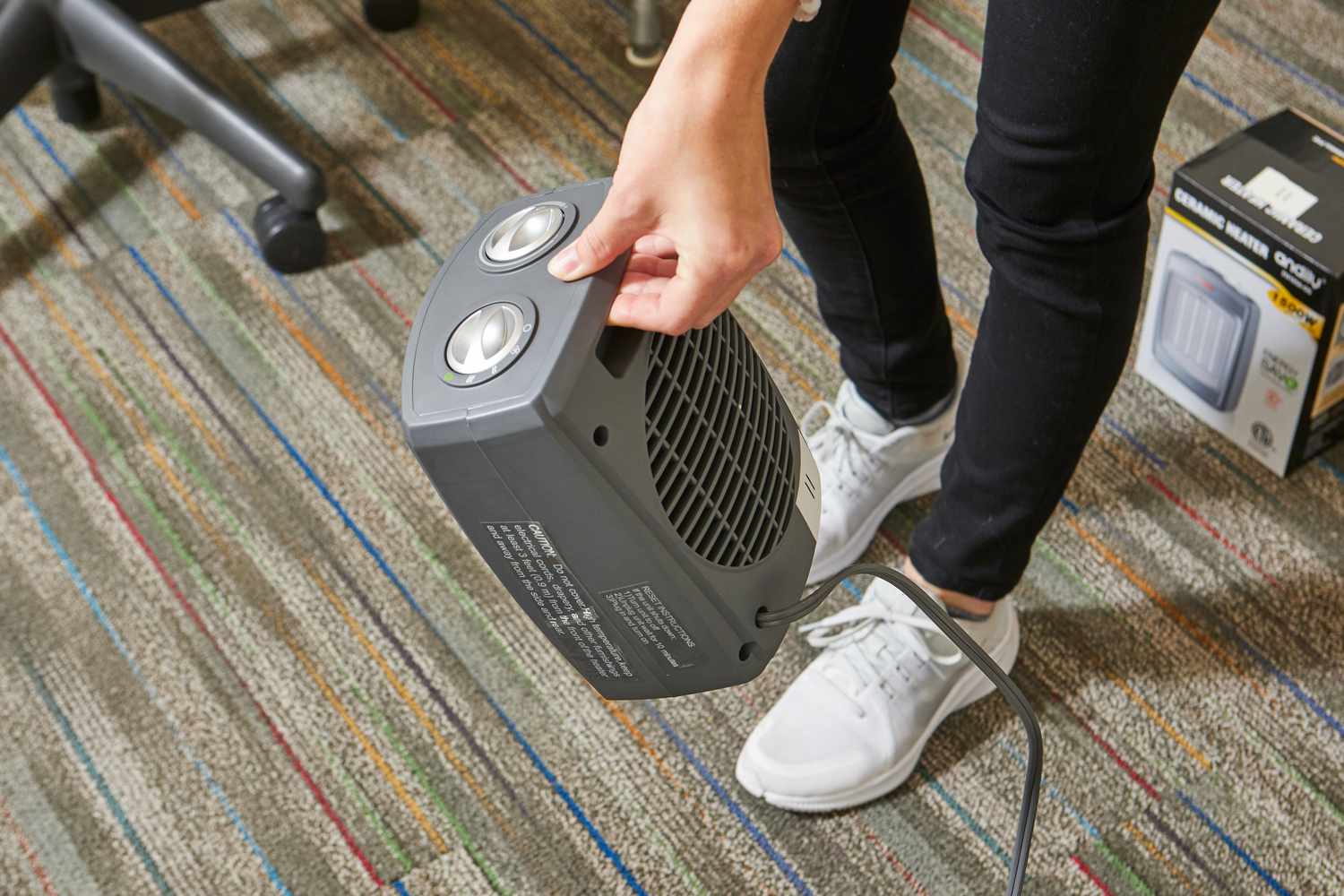
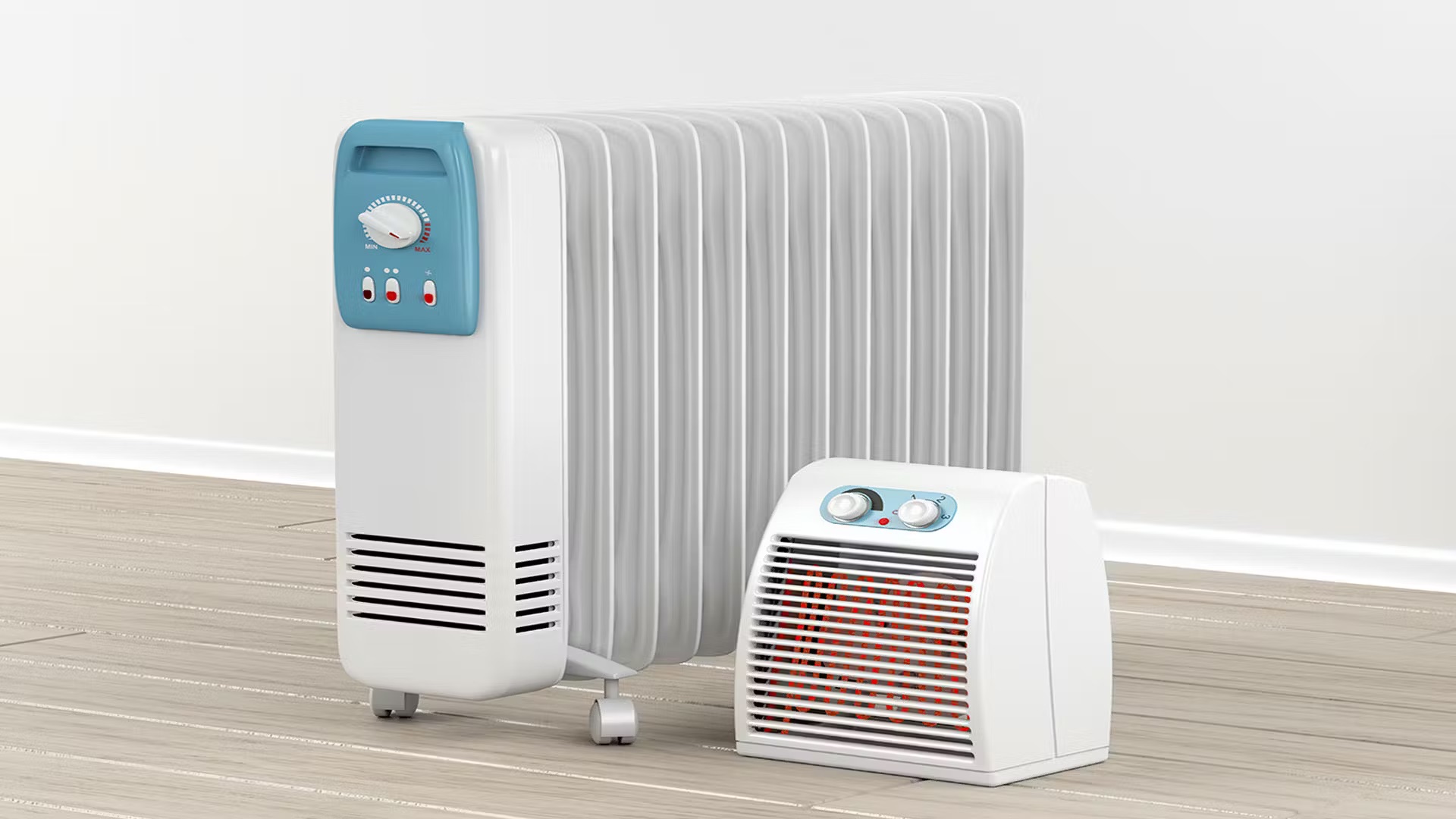
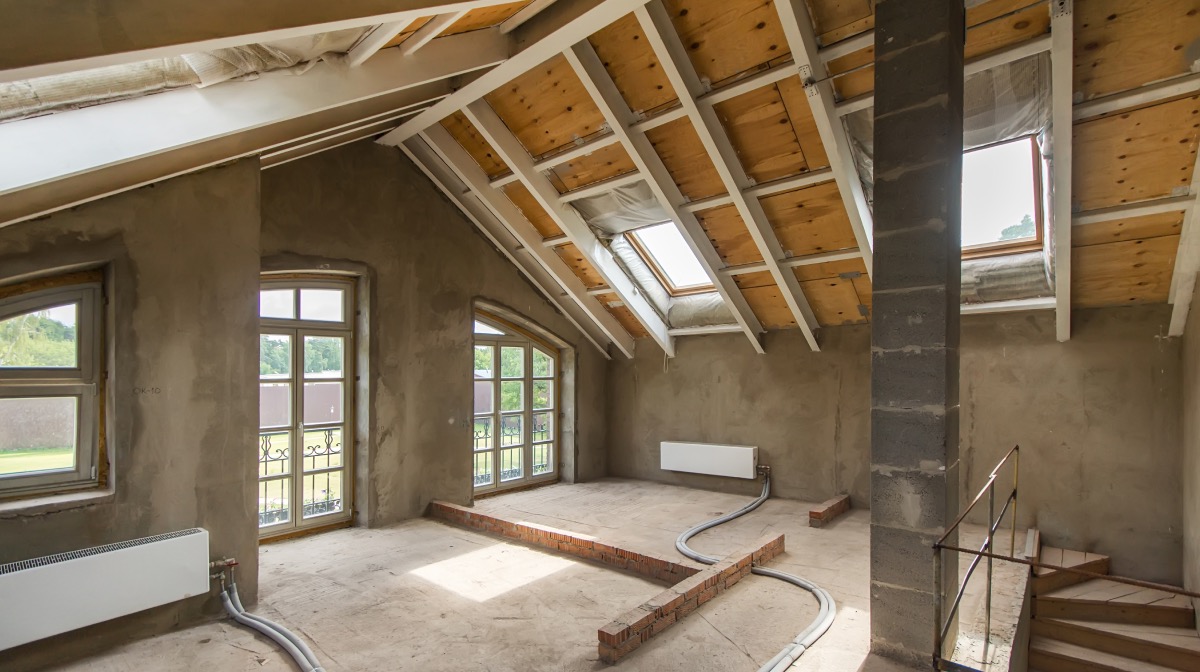
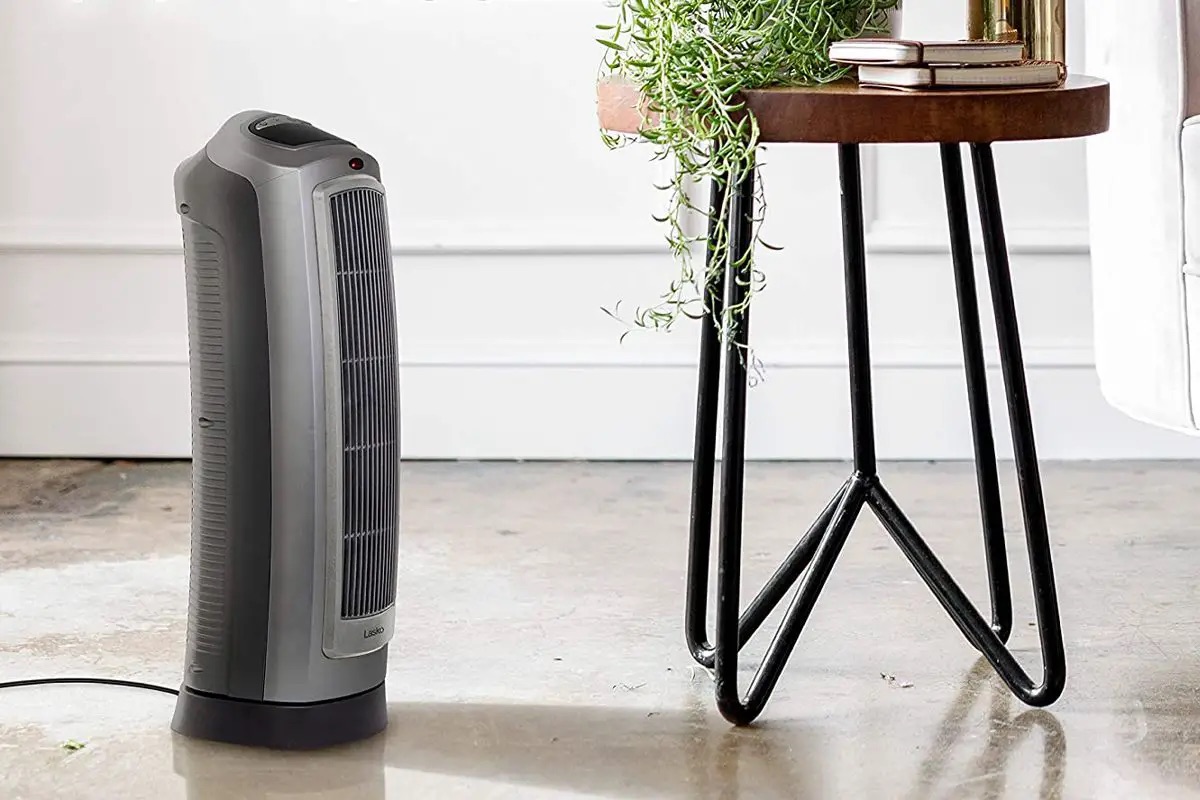
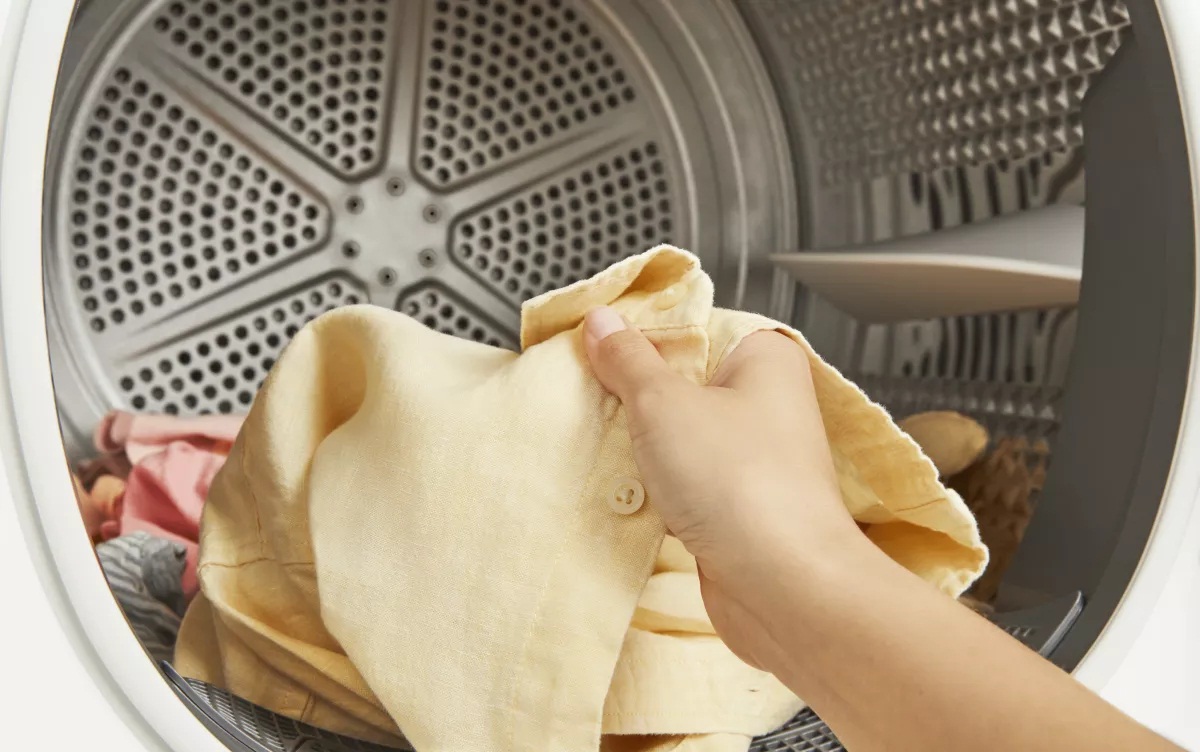
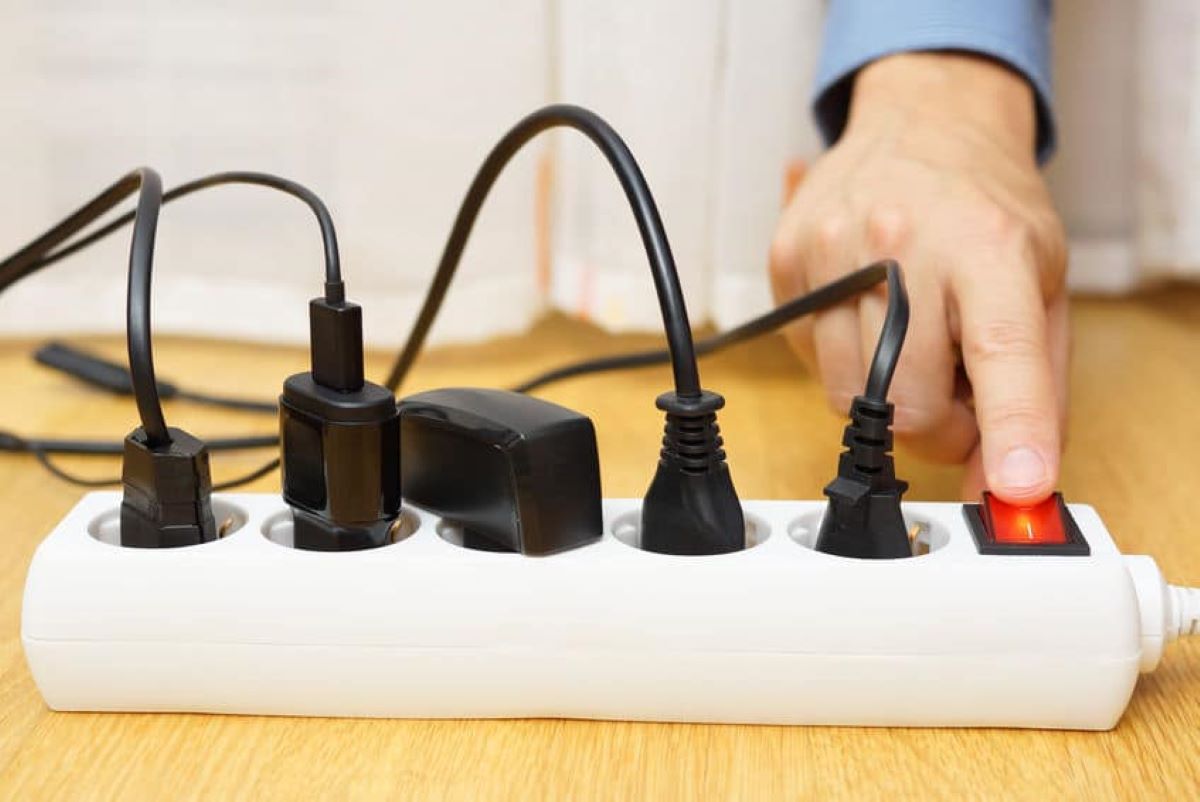
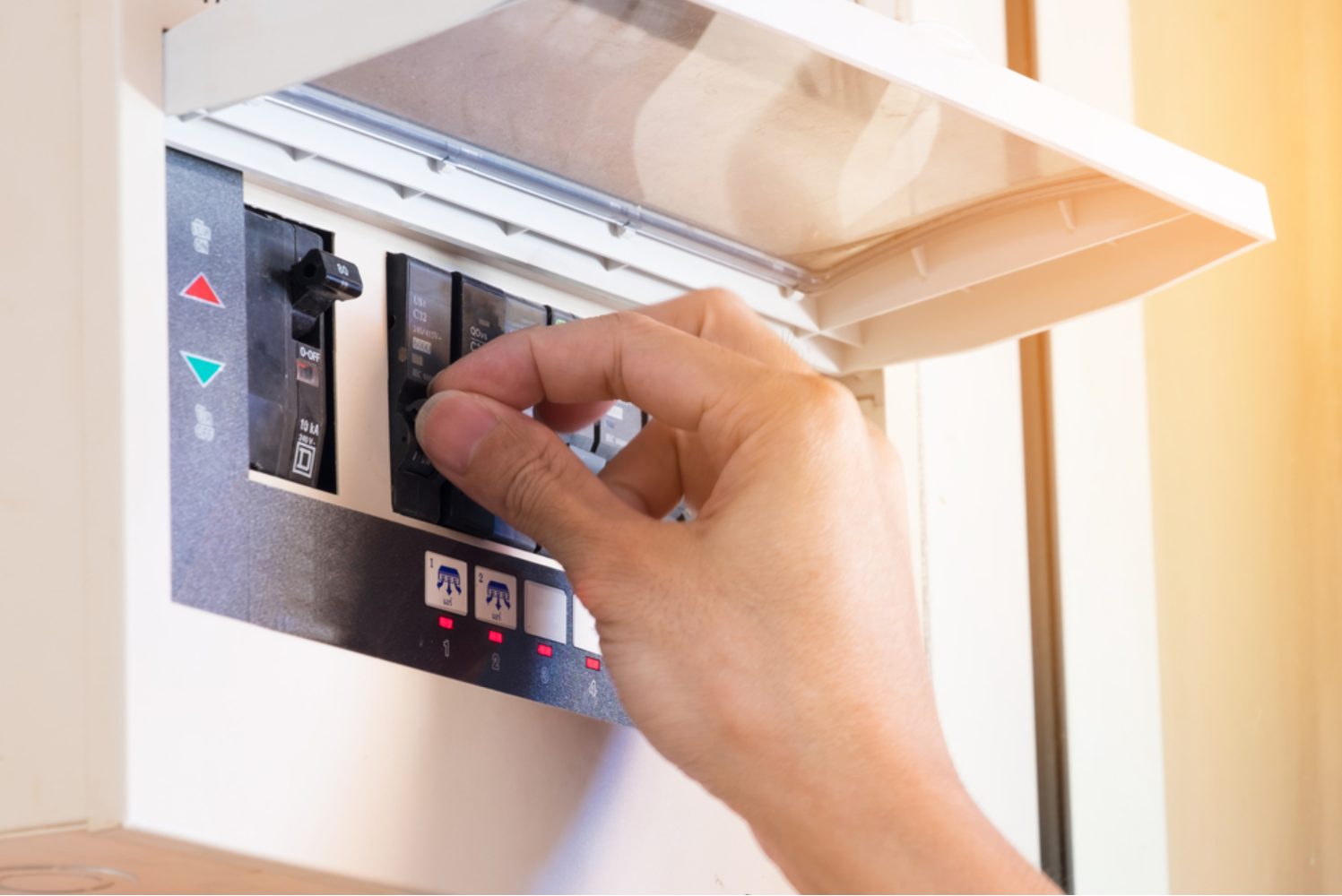
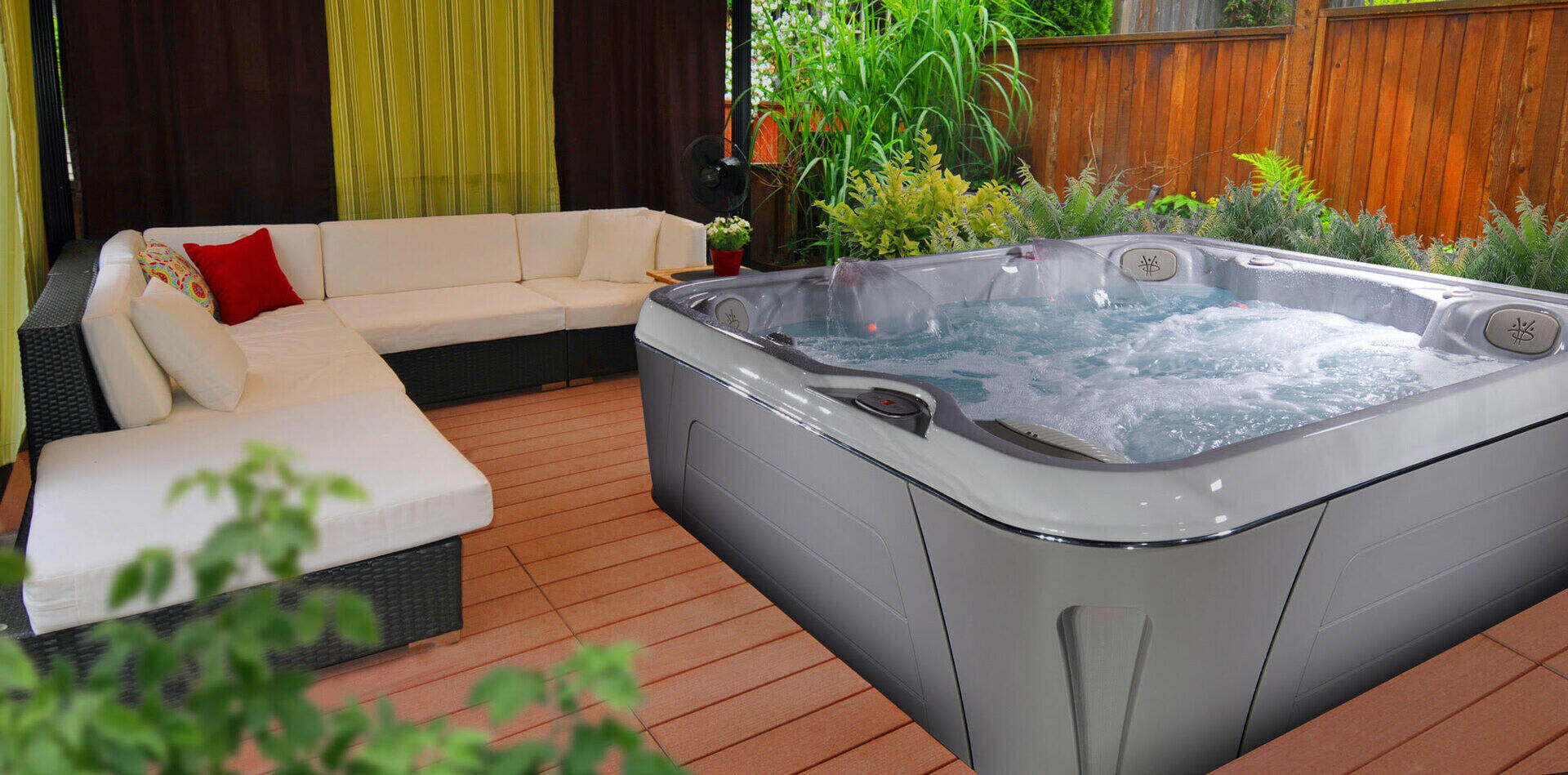
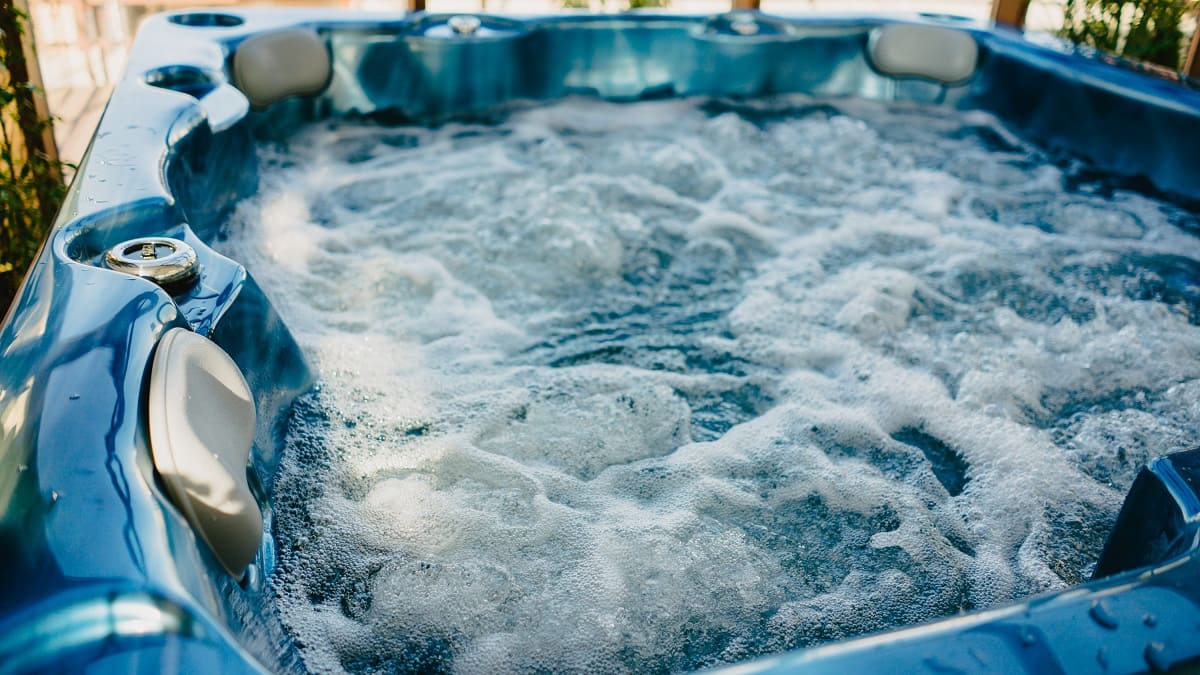
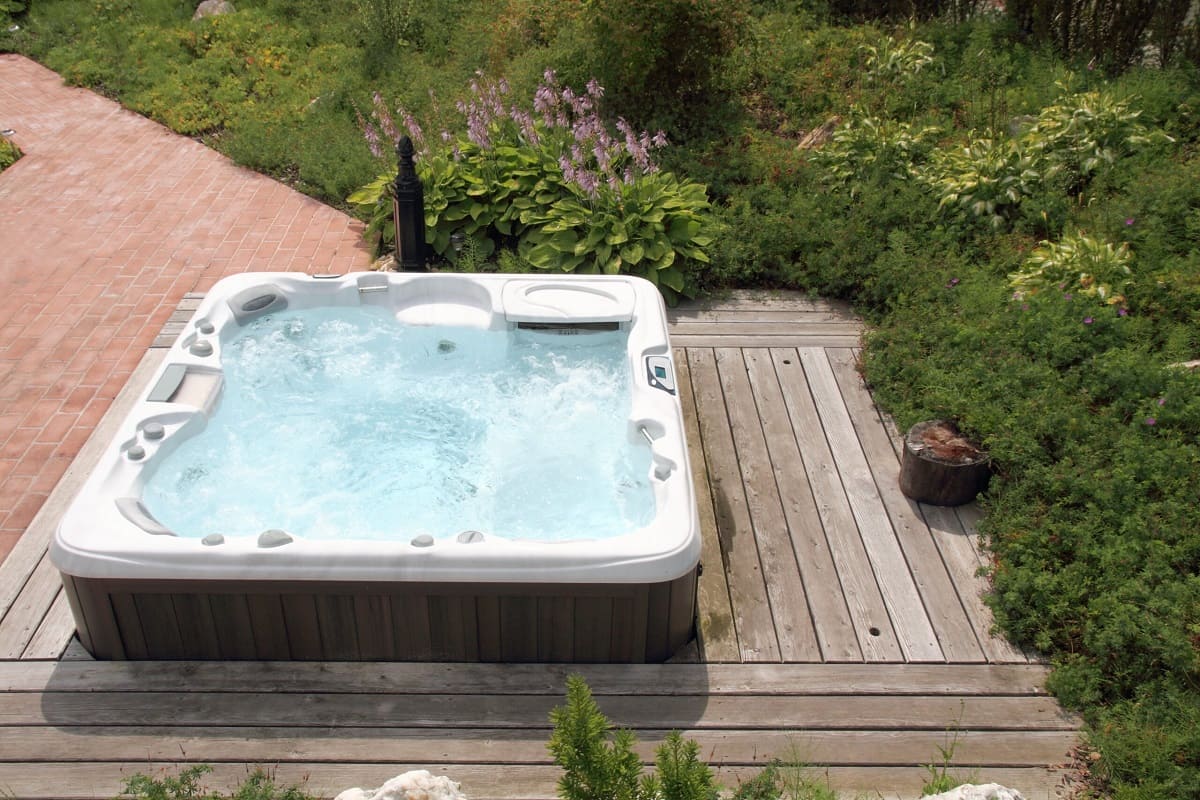
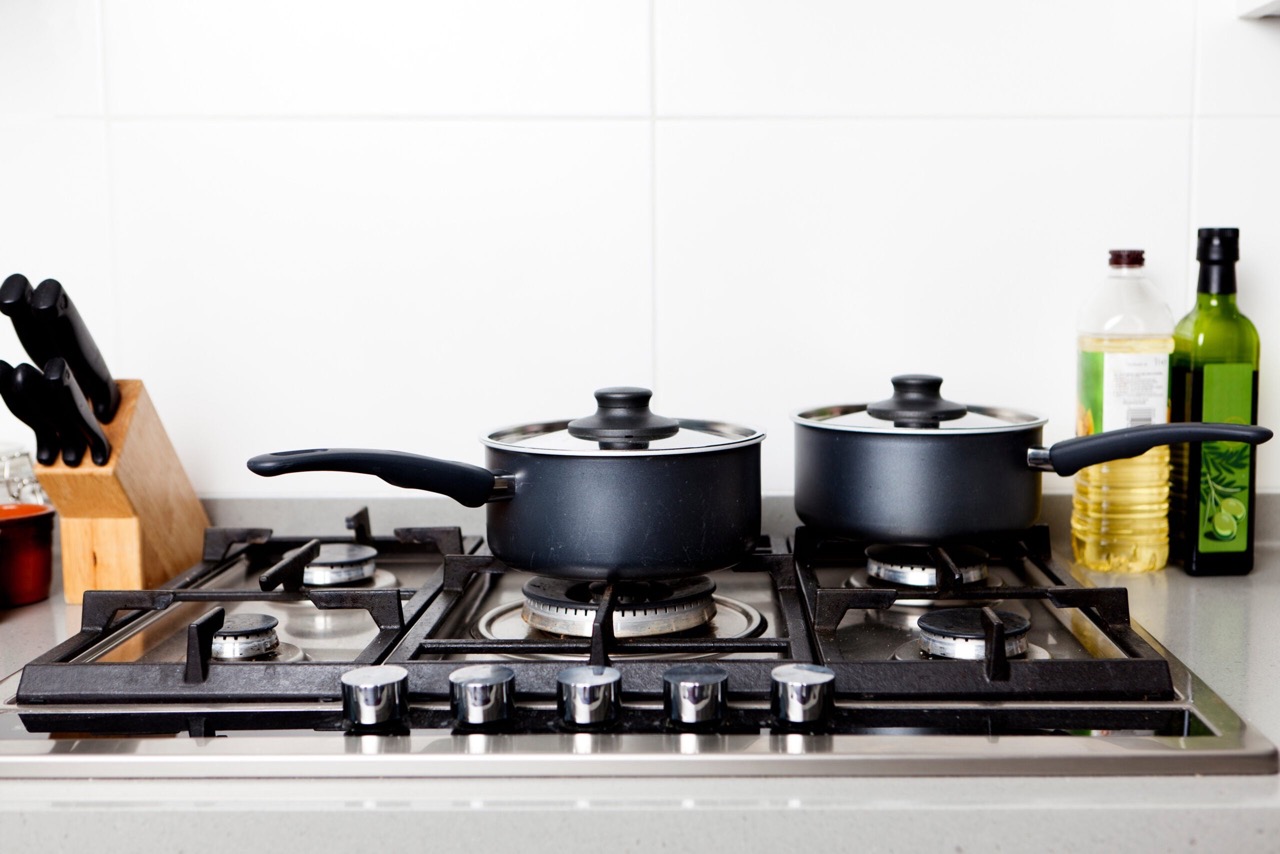



0 thoughts on “Why Does My Space Heater Cord Get Hot”